Last night I read a quote by Machiavelli and resolved to have a go at riding on the Salar, as fortune favours the brave and one of the themes of this journey has been about the conquest of fear. The Florentine Humanist said, "it is better to be impetuous than cautious, because fortune is a woman, and it is necessary, if one wishes to hold her down, to beat her and fight with her", which is perhaps a very mediterranean perspective on these themes. Bike was fully charged, without luggage and had still new tyres, with the grip enhanced by the low pressure for getting through the deep sand. However, when I started the engine, a fuel leak became apparent from one of the fuel lines, I guess this was because the clip holding the hose to the tank outlet pipe had become worn from repeatedly being removed to re-fuel Arthur on the way to Rio Gallegos and to stock up our fuel cooker, as Neil has some special clip thing on his, which means we have been using mine for this. Still, with my new resolve to overcome all my fears, in particular about all the things that could go wrong with my bike, a small cable tie, pulled tight, does the job and the leak is fixed. I get out on the track from Uyuni north towards Colchani, where I had managed to gather from the maps and people in the tour offices, that most of the 4x4 entered the Salar. I turned west onto a spit of hardened sand with a glittering crust of salt, sparkling in the low morning sun. It was cold and crunchy under the tyres and so the scene looked and felt like riding on snow. The Spit ends after a few kilometres and by now I am surrounded by an endless flat expanse of glittering white, with the surrounding mountains, some of them must be hundreds of kilometres away, seemingly floating on the haze of light at the horizon, showing so clearly in the salt - dried air, which doesn't have any humidity in it at all. Ahead, I can see the Isla de Pescadores apparently suspended above the horizon, like the pyramid on the back of a one dollar note, and decide to head for it. Initially the tyres grip well on the crystalline surface and my confidence and speed begins to build and I can see why most landspeed records are attained on salt flats as I start to touch 175kph, my fastest on this trip so far. Then, slowly but steadily I sense a growing perception of a drag and wobble at the back wheel. I sit up from my crouch over the tank and hear a distinctly liquid rush around me as I see that the surface around me is cracking and the tyres are breaking the surface of the salt flat. Great gobs of sandy, salty mush are thrown up around me and I speed up again and make a wide, sweeping arc, passing 2 4x4 stuck in the slush, turn 180 degrees and head back to the firmer surface of Colchani and its surrounding small islands and salt processing equipment on the shore, feeling my heart beating through my jacket.
Relieved and exhilerated, I return to the hotel, pack my luggage onto the bike and crack on to Potosi, which took more than 5 hours to do just over 200km - through flood water, deep sand and rough mountain terrain. I was tired by the slow progress, constant concentration and the altitude too, as I reach the world's highest city at 4070m. Parked bike in the lobby of Hotel Turistic, where they literally put guests first, happily letting my bike dominate their reception and guiding me over the steps and through the narrow door. As a result of my bike being in such a prominent position, I met Christian, a German owner of a bike shop, and we had a good conversation over a couple of Potosi Pilseners. The town is dominated by the Cerro Rico, a mountain where 18m tonnes of refined silver alone where extracted during the colonial period, with the harsh conditions, use of mercury to refine the ore and the effects of altitude were responsible for more than 8 m deaths of African slaves and indigenous workers, a holocaust I had never heard of previously. To illustrate the scale of this, the Sydney Harbour Bridge Consists of just over 50,000 tonnes of steel, so an equivalent weight of silver would be the same as 360 Sydney Harbour Bridges made of the silver exported from Potosi's Cerro Rico, let alone the other precious metals found there. Now mostly Zinc, Lead and Tin are extracted from the "completo", mixed ore which is now extracted, still mostly by hand, from the now co-operative mines. I visited the Miners Market and picked up a tout for a team of mineros, and bought essential supplies - dynamite (17 Bs), coca leaves (5 Bs) and some bottles of refrescos and Ceiga, 95% proof hooch that is apparently only drunk on Fridays in honour of El Tio, the devil who is revered as the primary deity inside the mines. Pablo, the leader took me under his wing, and gave me some light duties within his cooperative of 45 mineros, winching up to the higher levels, pushing carraiges of ore and shovelling. The cooperative had bought an electrical winch, but all the rest of the work was done by hand, up inside the mountain at 4,500m above sea level. It was dusty and hot, and after a couple of hours I was also dizzy with altitude as the mine is uphill from the city, inside the Cerro Rico. As the days work came to an end, we set charges into the face, consisting of dynamite, nitrate and the fuse. I was allowed to light the fuses and we hurried up through the low tunnels to the high exit, hearing and feeling the thuds of the explosions as we left. Even more fun, I was allowed to set and let of another explosion on the surface, and to see and feel the power of the bomb, costing just over 1 GBP, was exhilerating and later more thought - provoking. Casa de Moneda was also an interesting visit, to the place where the precious metals were processed into coins and ingots.
The ride to La Paz started out well, luckily after I had got full pressure in my tyres for the first section to Challapata, which was full of nice sweeping corners on TARMAC, an interesting new surface for me, which, overall I found quite agreeable. After that, the roads became straighter and less interesting, particularly the sections around Oruro, which was one of the ugliest cities I had been through so far on this trip, an impression aggravated by the complete lack of signs and a consequent waste of time getting lost and contradictory directions. It was interesting, however, to see the Inca terraces still clearly visible on the road to La Paz, some of them still in use and highlighting the relative economic strength of the Pre - Colombian empire and the current nation of Bolivia, the poorest in South America. Suffering from drought in the West as its glaciers melt, floods in the east due to El Nina and the ongoing Coca Wars. There were stunning views on the cold, approach to La Paz, with snow - capped mountains as a backdrop contrasting against the autopista at El Alto (South Americas fastest growing slum) and the dirty slurry running down the streets. El Alto is a grim collection of halfbuilt shacks clinging to the cliffs of the gulch of the Rio Choqueyapu, on which La Paz is built. El Paz looks great from the edge of the gorge, and I sweep down into the Valley of the Moon. Oddly enough, although this is the only place where I have seen many Hispanic Bolivianos, the richer areas of the city are downhill and downstream from the rest of the city - although there is more pollution and less fresh air further down. I had to be careful when enjoying the view, as occasional enormous potholes on the autopista which corkscrews downwards at an invigorating angle, especially as it contains manic minibuses, brightly coloured buses and potholes which could literally swallow you up. I did wonder what the road toll money that I had just paid was actually spent on? I get into a luxury room at the Hotel Sagarnaga, for less than 10 pounds with breakfast and off street parking for my bike. There is a cool, cloudy atmosphere, but great for walking although you can feel the altitude as you stroll around the steep streets. La Paz is a dirty principle city in the poorest country in Latin America, but occasionally, when the curtains of the clouds are drawn by the breeze, vertiginous views are revealed which transcend the bleak streat life, e.g. of men and women crouching in the streets, going to toilet, something I have only ever seen in poor parts of southern India before. The witches market was interesting, with lots of strange dried animals for sacrificial rites - llama foetuses and armadilloes seemed the favoured species - along with lots of quck cures for male baldness and impotence. More comforting, was the Berlin Cafe, an old style cafe-bar which I visited a few times and enjoyed their great coffee and sandwiches.
I found lots of tour companies offering mountain bike rides on the infamous Death Road and I couldn't find anything in my guide book or map about where it was, so I booked up and had a great time. We left La Paz in a bus with the bikes on top and headed for La Cumbre at 4,700m altitude and cycled more than 90km, mostly downhill to Coroico. We started on the new road, which was suffering continuous washouts and landslides due to the heavy El Nina rains, and then diverted onto the old dirt road. The views were simply stunning as the road curled around the steep hillsides and sheer cliffs, most of the time nothing more than a precarious contour line.Teh track was rough in parts too, with its own landslides and waterfalls across the way. I had a great time and met Jerry, a Canadian from Montreal who invited me to come and stay at his house when we got up north. I enjoyed the day so much that I decided to go back on my GS with all the luggage off the next day and had a great time. This time I went down to Coroico on the new road and rode uphill on the old Death Road, which is a lot easier with a motor. I am really looking forward to meeting up with Neil, maybe as early as tomorrow night in Arequipa...
Subscribe to:
Post Comments (Atom)
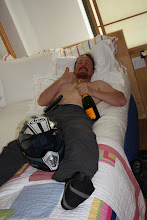
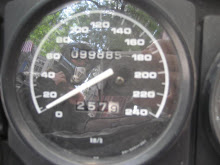
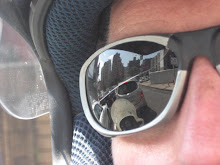
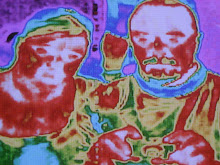





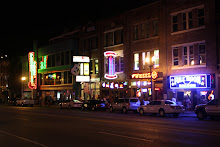



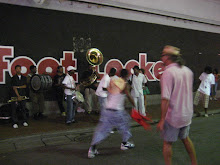



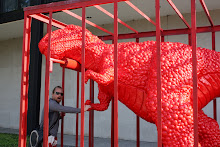
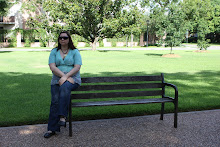



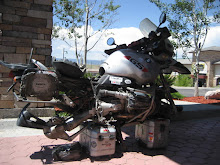


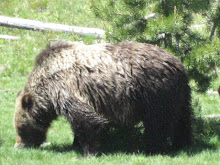
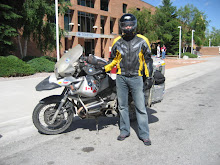
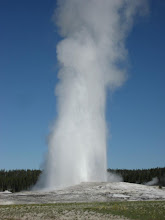



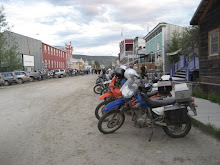


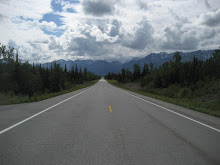

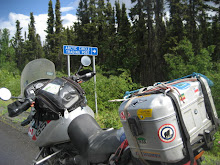
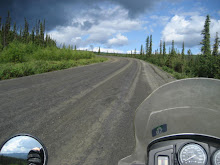
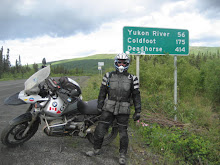
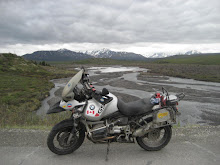
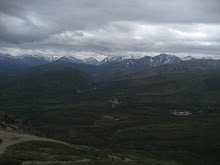
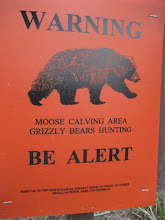


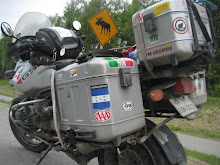
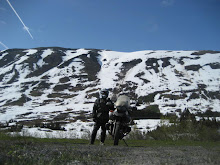

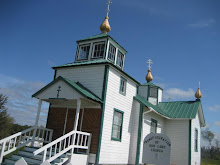
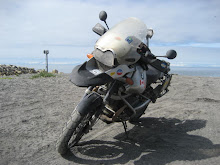

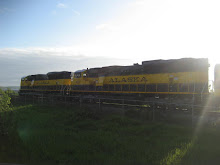

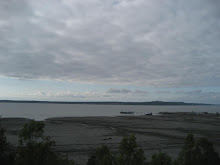




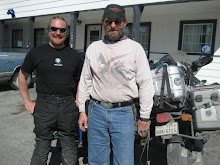

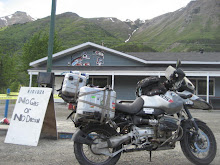




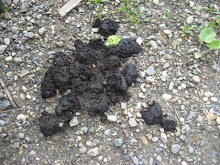

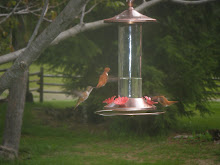
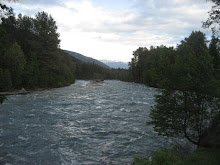
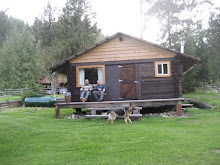
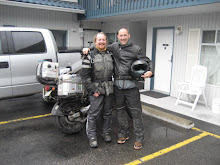
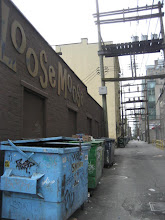
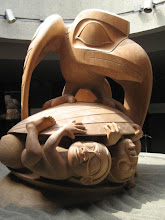
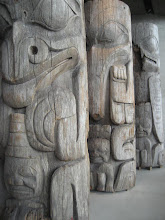
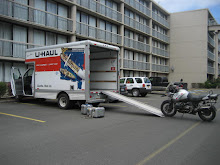




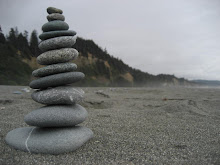
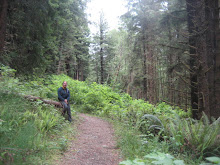
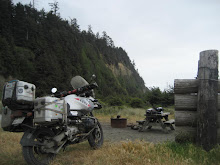
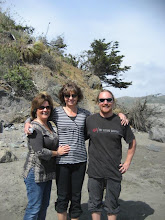

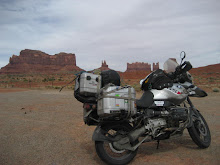
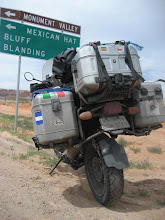
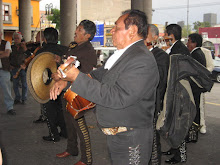
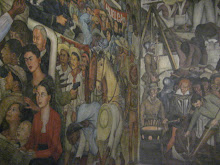



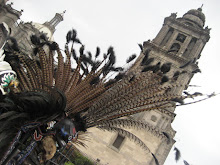
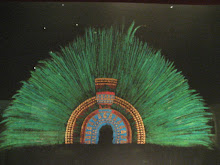
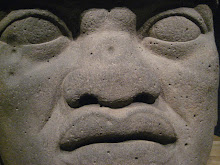
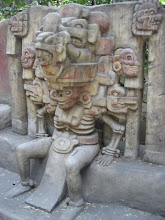






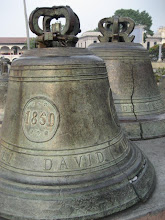
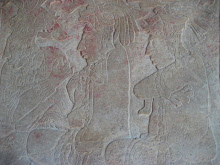
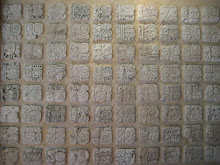
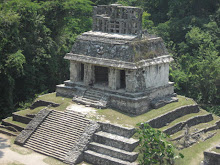




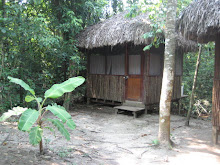
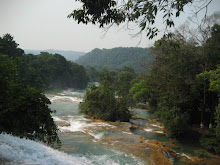
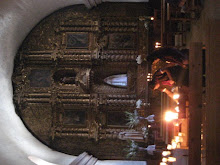
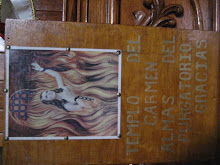
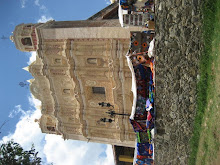


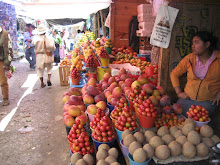
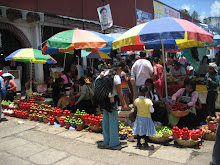
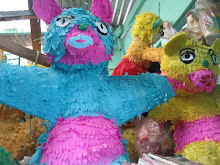
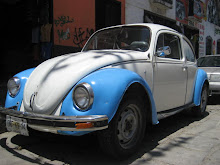
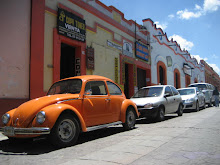

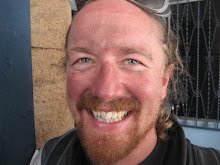
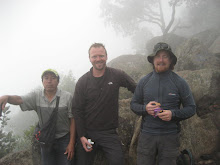


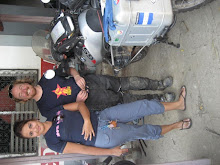
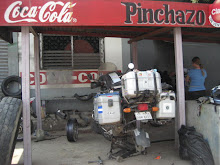

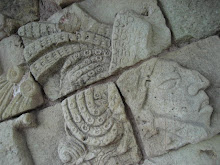

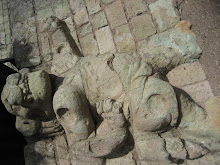


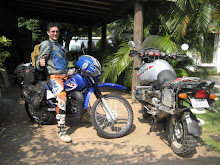







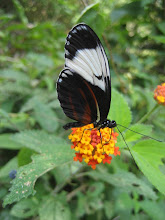
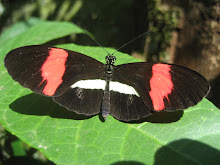
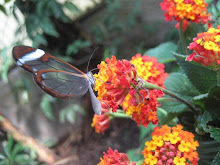
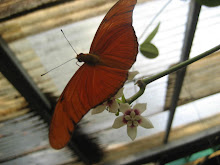
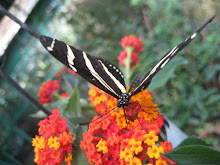
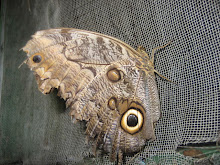

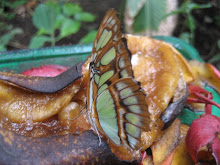
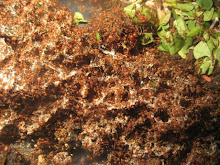
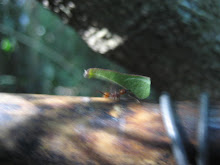


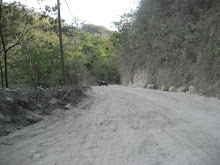

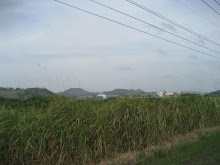

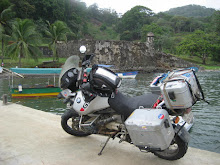
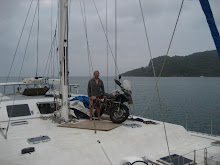
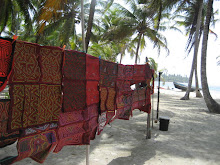

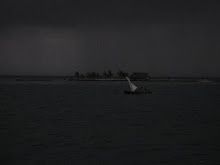
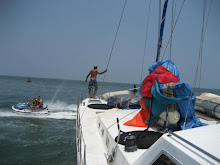
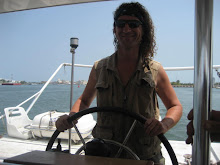

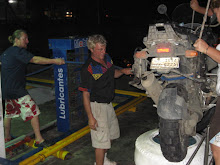
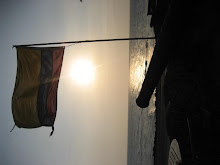
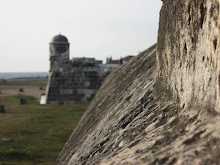
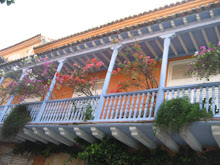
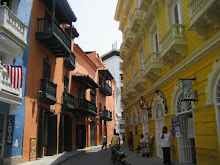
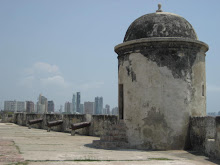
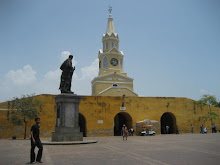
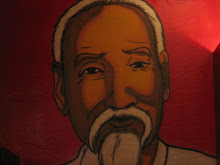
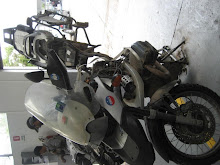



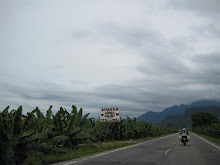
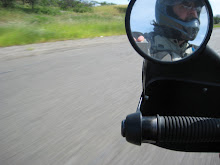
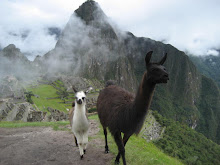



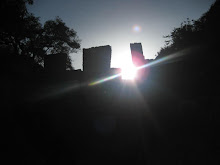


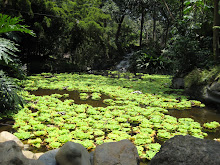
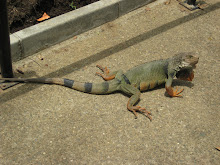



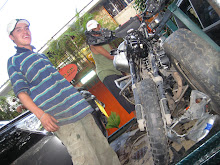

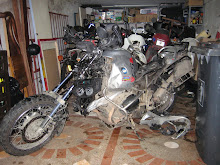
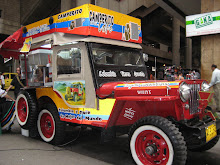
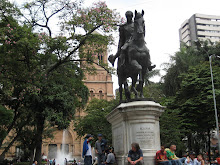
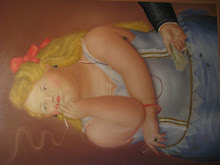
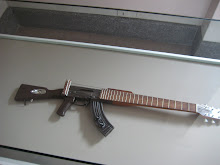
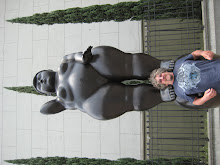
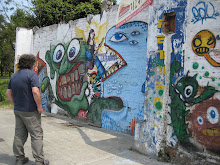


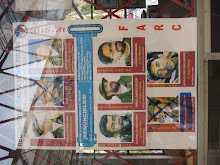
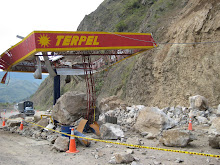
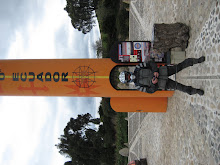
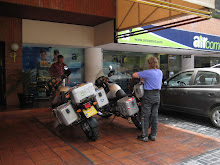
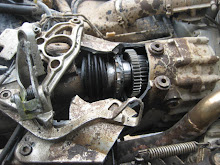
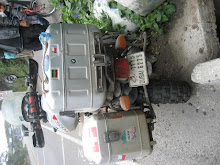

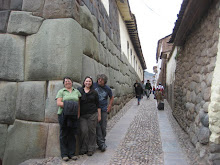


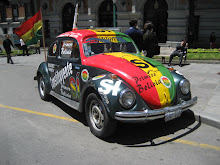
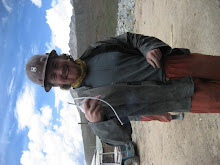


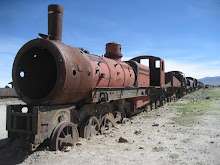



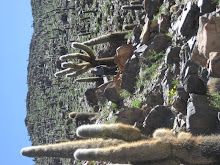
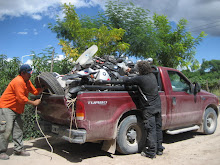
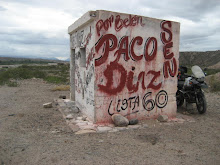

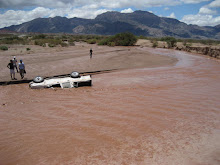
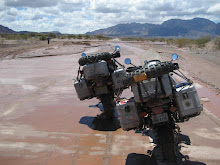
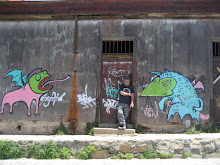
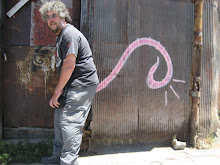



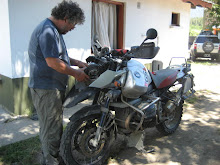
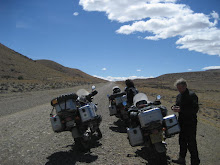







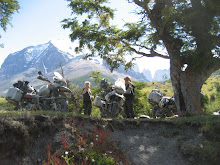

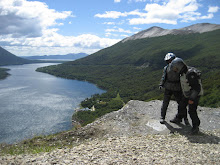

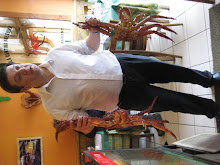
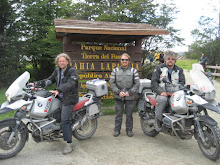

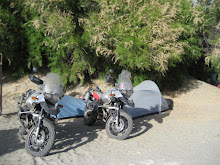




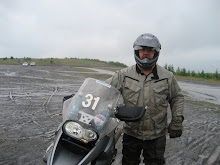
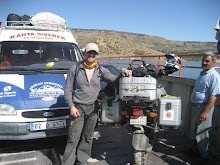
1 comment:
As always - fantastic Dave!! I love reading the new installments of your journey. That road of Death looks great!!! Who needs rollercoasters and other rides to scare the crap out of you?!
Well done, I'm looking forward to hearing about your break with Nat and Lena. I hope you're all having fun celebrating the "significant" birthday.
LOL M&M
Post a Comment